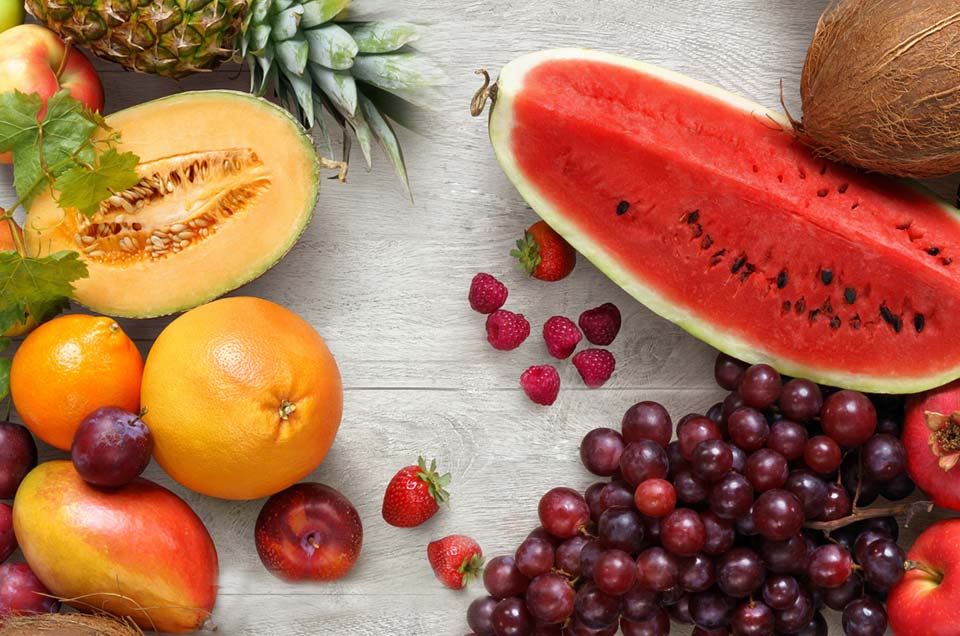Highlights
-
The way you prepare the food influences its nutritional values.
-
Different combination of food can enhance or suppress the quality of food.
-
The total quantity and the proportion of the different foods you eat determine the amount of nutrition you take in.
These days, most people eat to satisfy their taste buds, but Ayurveda thought of food as the life force that kept the mind, body and spirit healthy. That’s why, it had very strict guidelines on what you could eat, how to source the food and cook it, and even what to eat in which season. In addition, it identified 4 qualitative factors that determined the effects or the benefits of food, which are laid down in Charak Samhita.
Prakriti (Nature)
By nature, some foods are heavy and others are light, some are moist while some are dry. And all these foods have a different effect on our body. While guru (heavy), oily, and greasy food provide energy but take longer to digest, laghu (light) and ruksa (dry) food stimulate digestion but don’t promote dhatus (tissue). That’s why, guru food (fried food and dairy products) shouldn’t be in as large a quantity as laghu food (soups, salads, and fruits).
Karana (Processing)
Different preparation methods of cooking, like frying, steaming, baking, flavouring with herbs, sweetening, drying, crushing, and diluting can influence a food’s nutritional value. Therefore, raw food items are easier to digest than processed food. Also, fresh food has a higher nutritive value than packaged and frozen food.
Samyoga (Combination)
Different combinations of food can enhance or suppress the quality of food compared to their individual nutritional value. For example, mixing milk and orange results in a curdled substance that doesn’t taste good or have enough nutrients. Also, adding various spices and herbs, which may be unpalatable in themselves, can really intensify the taste of the food and make it better.
Rasi (Quantity)
The total quantity, also the proportion of the different foods you eat, determines the amount of nutrition you take in. For example, eating too much sweet and heavy food can lead to indigestion, sour food can cause hyperacidity, and excessively salty food can make you nauseous.
For more lifestyle and dietary tips, consult a Jiva doctor today. Dial 0129-4040404 from your mobile phone or click on ‘Speak to a Doctor’ under the CONNECT tab in the Jiva Health App.
































